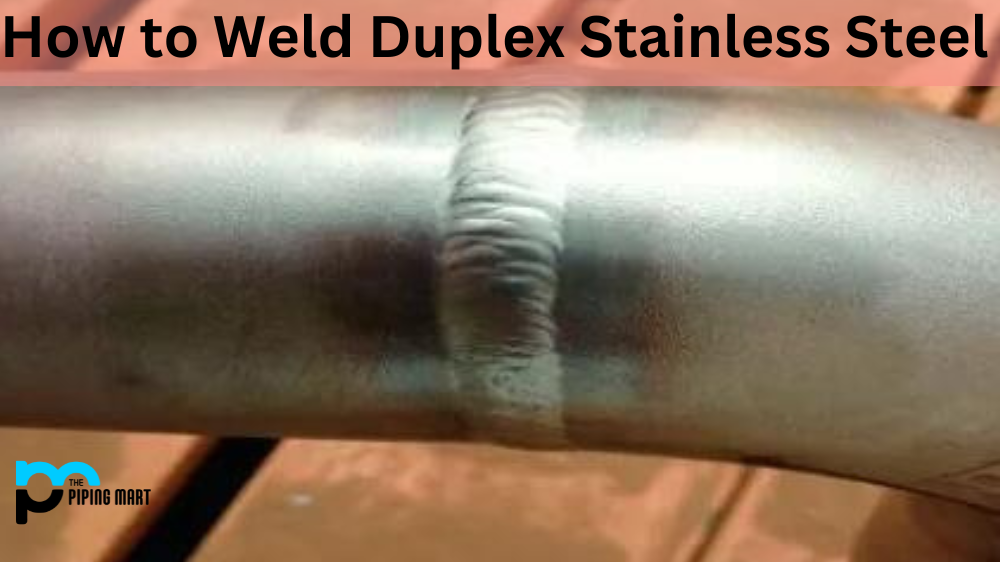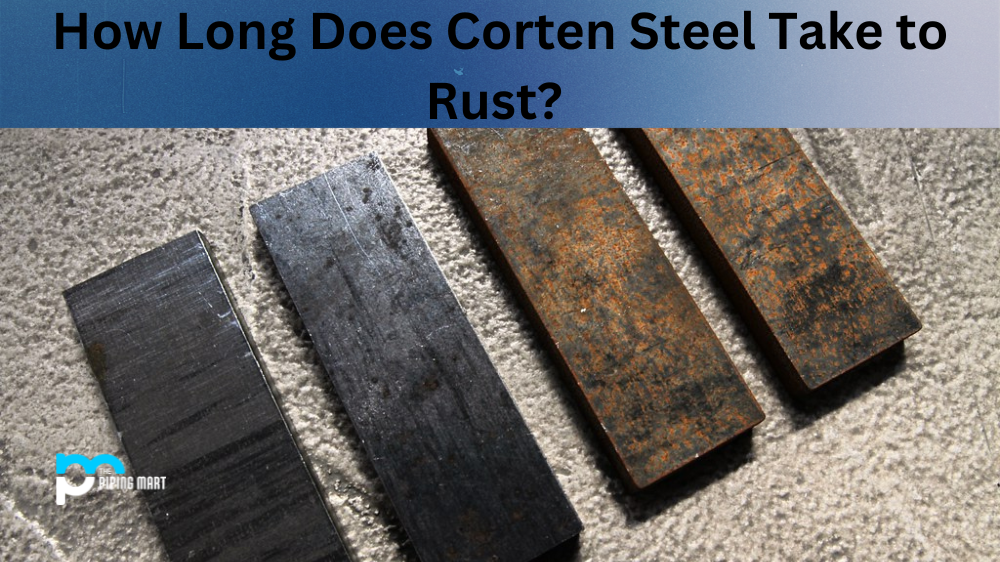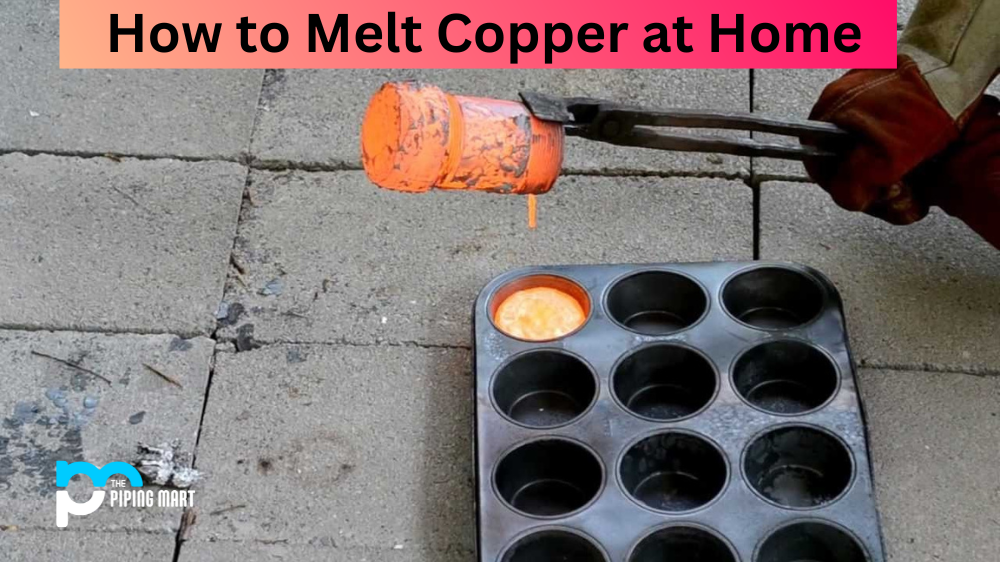Duplex stainless steel is one of the most robust and corrosion-resistant alloys available today. It’s used in a variety of applications, from construction to chemical processing, due to its remarkable properties and strength. If you’re considering welding duplex stainless steel, here’s what you need to know.
What Is Duplex Stainless Steel?
Duplex stainless steel is an alloy made up of two types of stainless steel – austenitic and ferritic – combined with chromium and other elements. In comparison to other forms of stainless steel, the duplex has higher strength and better resistance to corrosion and wear. It also has excellent welding properties when done correctly.
What You Need To Weld Duplex Stainless Steel
The most important part of welding duplex stainless steel is using the right equipment. As with any welding job, you need the right type of welder; in this case, a TIG or MIG welder equipped with an inverter power source is ideal. You also need special tungsten electrodes designed specifically for duplex stainless steel and a shielding gas and flux core wire to complete your setup.
It’s important to note that if you’re working with thicker pieces (over 1/8 inch), preheating them before beginning your weld is best practice. The preheating process will ensure that the metal won’t cool too quickly during the welding process, which can lead to cracking or warping.
Once you have all of your equipment ready, it’s time to begin your welding! Start by setting up your welder according to the manufacturer’s instructions; then, use the appropriate settings for your project based on material thickness and amperage requirements. When ready, start by making a few tack welds around the edges of the joint before continuing with a full bead. Make sure that you keep your weld pool shallow, so it doesn’t become too hot or run away from you during layering; otherwise, you may end up with slag inclusion or incomplete fusion along your weld line! Be sure not to over-weld, as this can cause cracking in some metal regions due to excessive heat buildup.
Conclusion:
Welding duplex stainless steel requires precision and knowledge. With careful preparation and attention paid throughout each step in the process, it can result in strong and durable joints that stand up against high temperatures and extreme environments better than other materials would fare under similar circumstances! With the right tools and technique, anyone can learn how to successfully weld this remarkable alloy – so get started today!

Abhishek is a seasoned blogger and industry expert, sharing his insights and knowledge on various topics. With his research, Abhishek offers valuable insights and tips for professionals and enthusiasts. Follow him for expert advice on the latest trends and developments in the metal industry.




